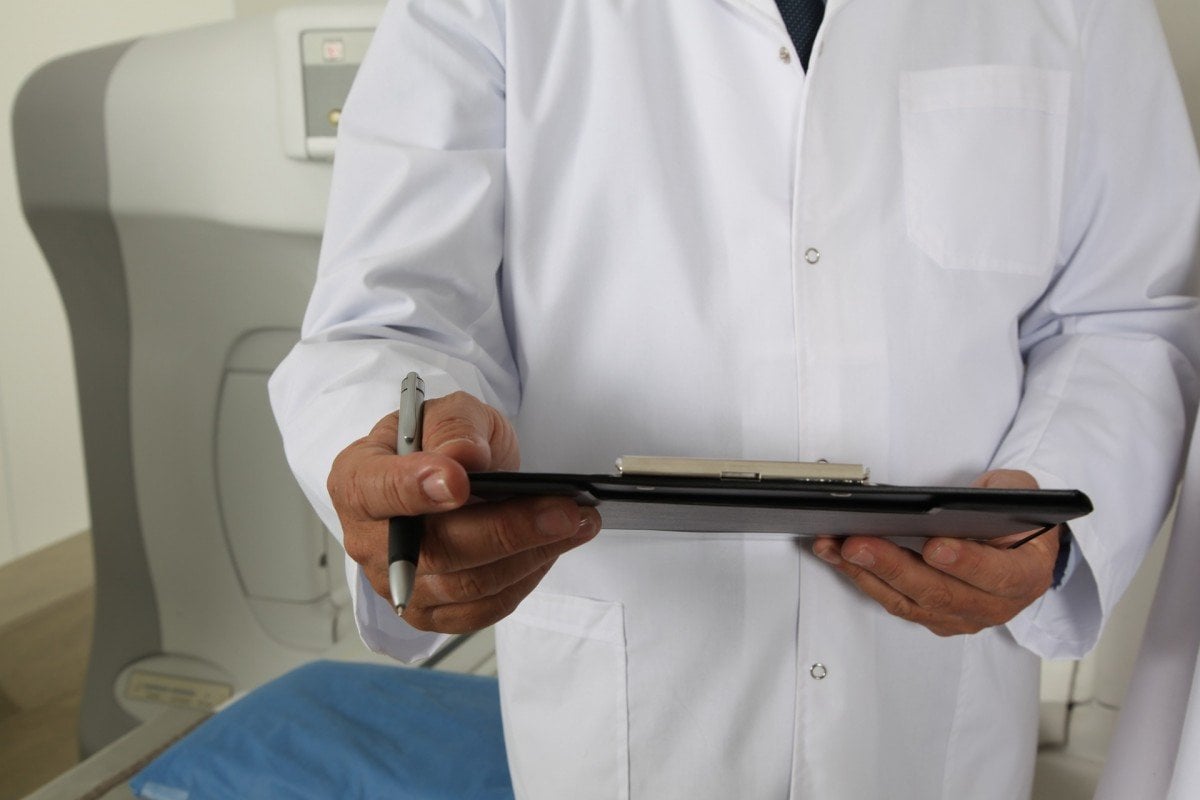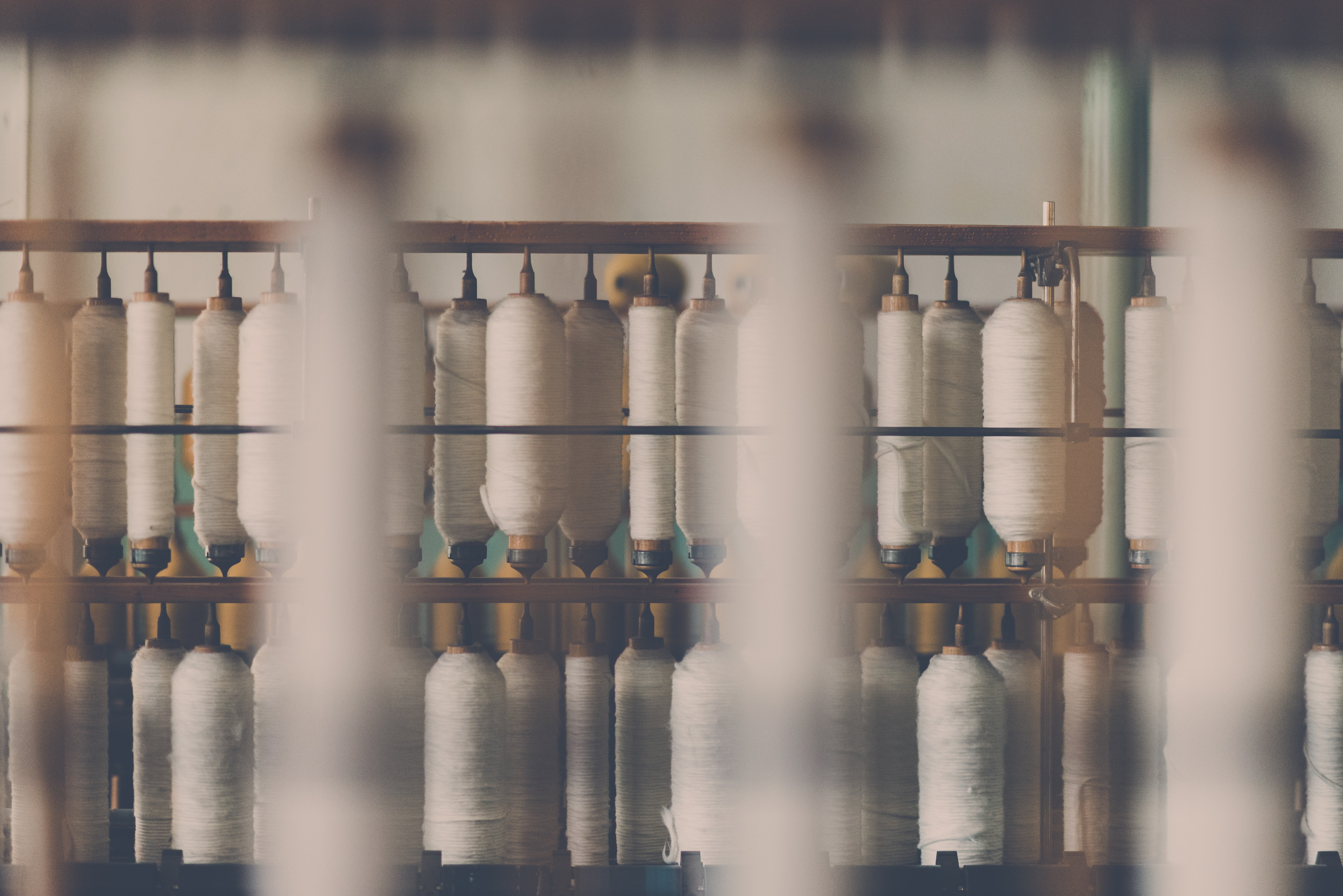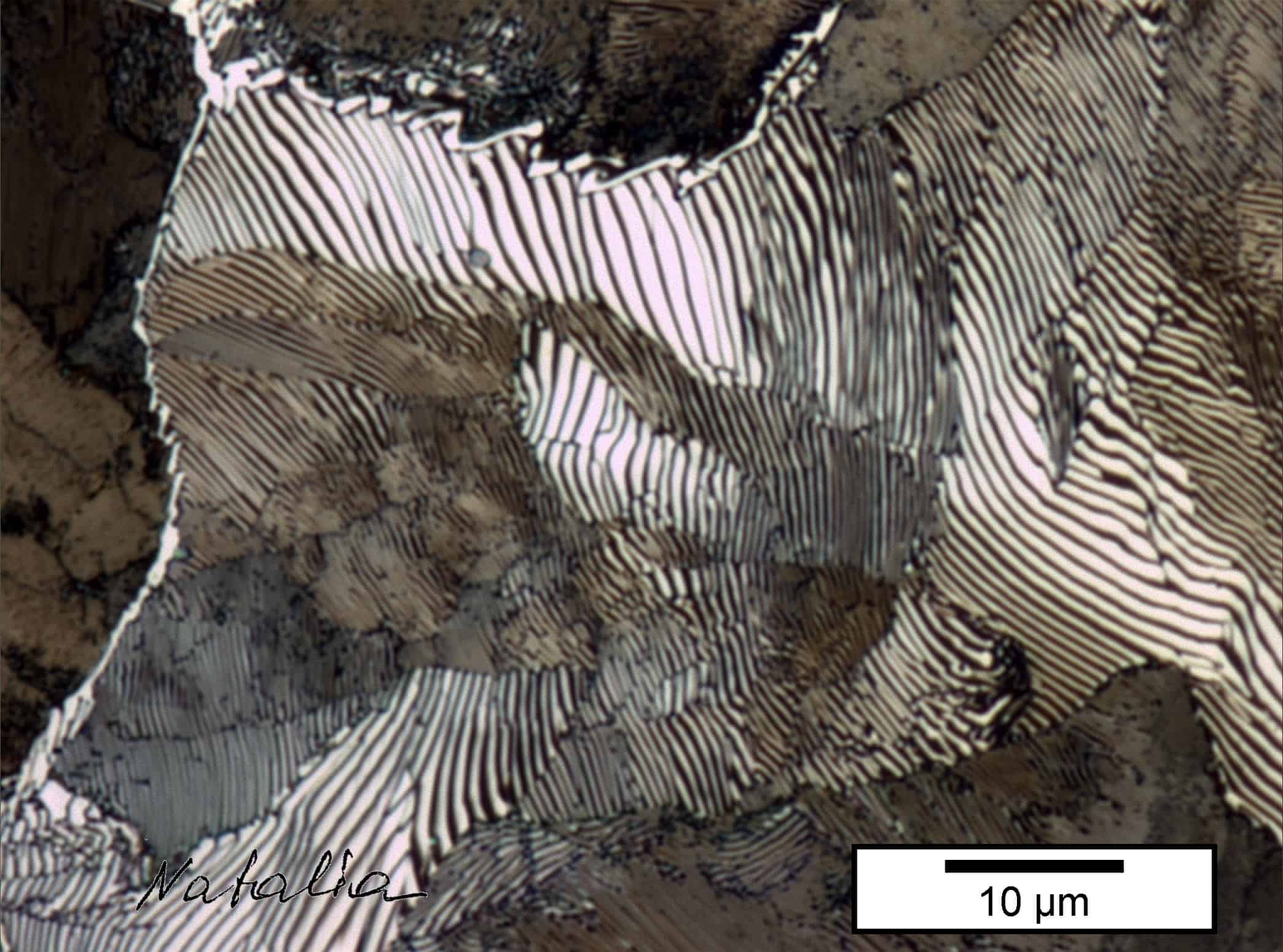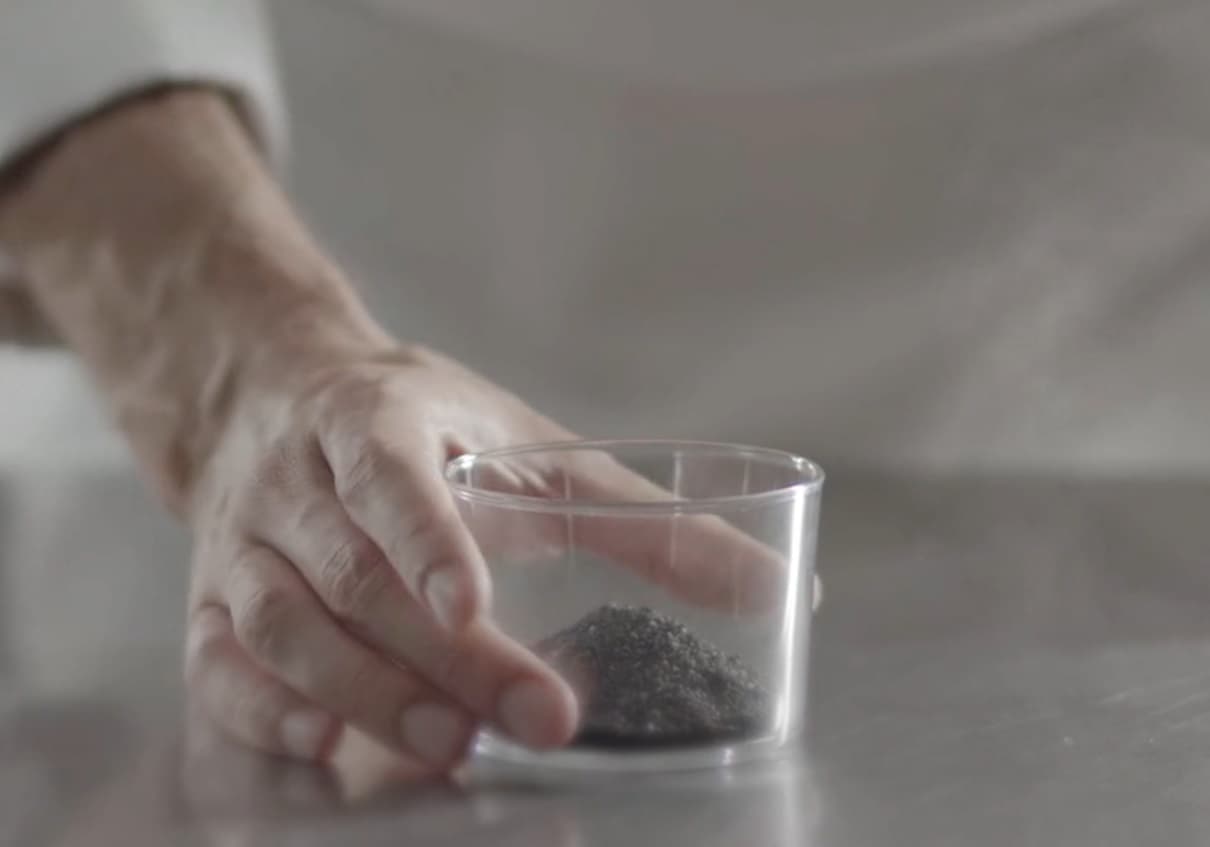
Fibre blends improve the properties of textiles but make the recycling process more difficult. The research project Tex2Mat aims to establish a recycling economy that can be integrated into ideal SME processes.
The textile industry appreciates plastics such as polyester as a cheap and durable raw material. The wearing comfort is additionally increased by the mixture with natural fibres. Two properties that are particularly desirable for workwear and underwear, because they are used daily and often washed – and still have to look good for a long time.
Unprofitable Recycling
From the perspective of the circular-flow economy, however, fibre blends are problematic because they cannot be recycled profitably. So far, the life cycle of these products has ended at landfills or in incineration. This means that new raw materials have to be used again and again. In the case of polyester, this is valuable crude oil. With the legal requirements of the European Union for the recycling economy, this must change by 2050. With a reason, because closed cycles from raw material to raw material can prevent landfill and incineration, as well as conserve resources and reduce CO2 emissions.
Close the cycle
For the smaller and medium-sized companies in the textile industry, the EU requirements represent a major challenge. Therefore, the research project Tex2Mat was initiated, which is carried out in cooperation with several research institutions and commercial enterprises. The aim is to develop new processes for recycling and reprocessing textile waste from mixed fibres; new processes that can be integrated into ideal processes suitable for SMEs.
The focus is on the application of workwear, towels and technical nonwovens made of mixed fibres. Textiles that are used on a large scale in hotels and hospitals, for example.
Enzymatic recycling process
The new methods and technologies will be introduced by the cooperation partners. Central to this is the enzymatic separation and processing of old textiles made of polyester, polyamides and blended fabrics. TU Wien and IFA Tulln – the Department of Agricultural Biotechnology of the University of Natural Resources and Applied Life Sciences – are responsible for the development of the separation process. The new Tex2Mat process is to be tested in practice and will show that high-quality products can be produced again from old textiles in mixed fibres.
The use of polyester in the textile industry increased from 8.3 million tonnes in 2000 to 21.3 million tonnes in 2016. This corresponds to an increase of 157% (Textile World, 2015).






